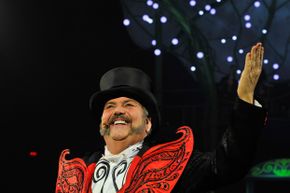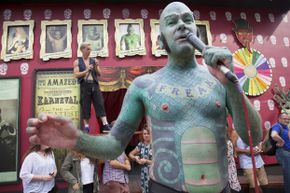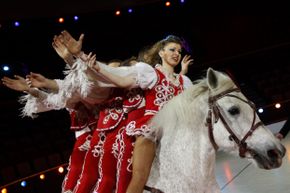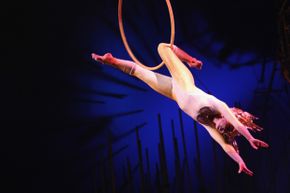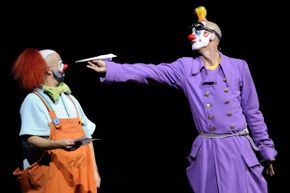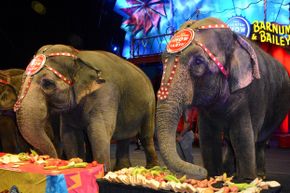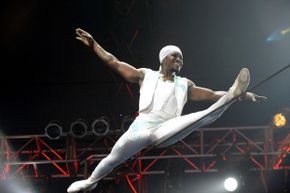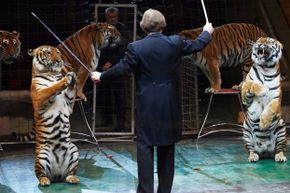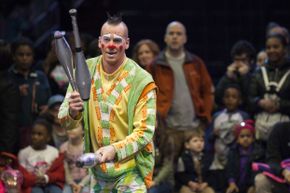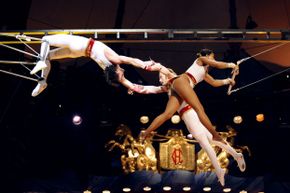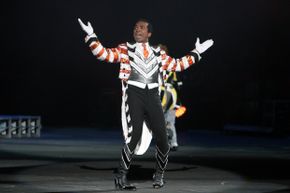Before we get into the acts that have made the circus a hit for centuries (and some might argue millennia), let's first doff our caps to the real hero of the ring: cotton candy.
We can't exactly claim cotton candy was invented in, say, ancient Rome and was enjoyed by folks watching lions tear people apart in the Colosseum. (Big events held in amphitheaters were called circuses, but "circus" simply meant "circle" in Latin [source: Parkinson et al].) But the sticky, sweet stuff was sold at the 1904 St. Louis World's Fair and soon became a circus staple [source: Historic Hudson Valley]. It's easy to tease its inventor, William Morrison, since he ironically was a dentist and initially called the candy "Fairy Floss."
Advertisement
But let's assume cotton candy shares the characteristic of so many circus acts that have stood the test of time: A little marketing goes a long way to excite the public. And speaking of stirring intrigue, our first entry does just that.
